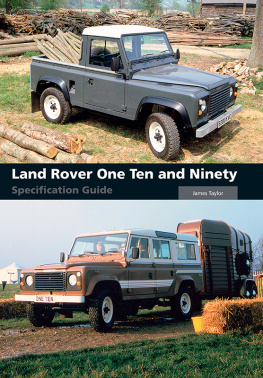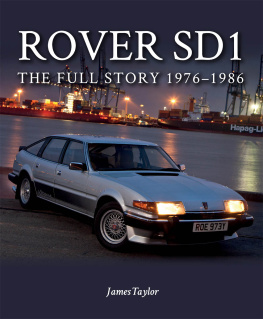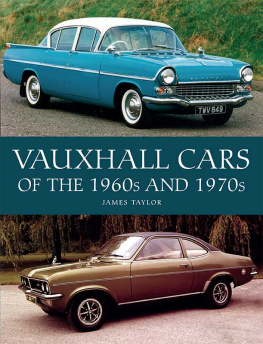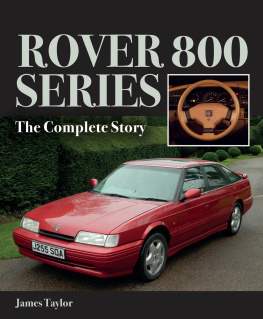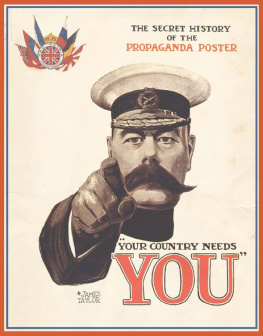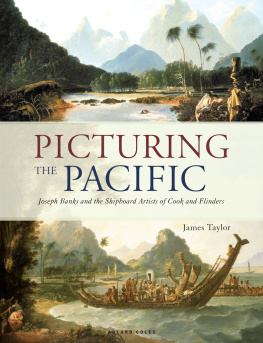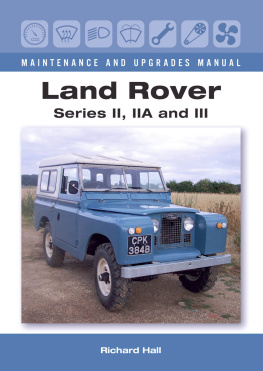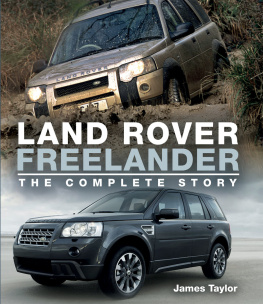Page List
Land Rover One Ten and Ninety
Specification Guide
James Taylor
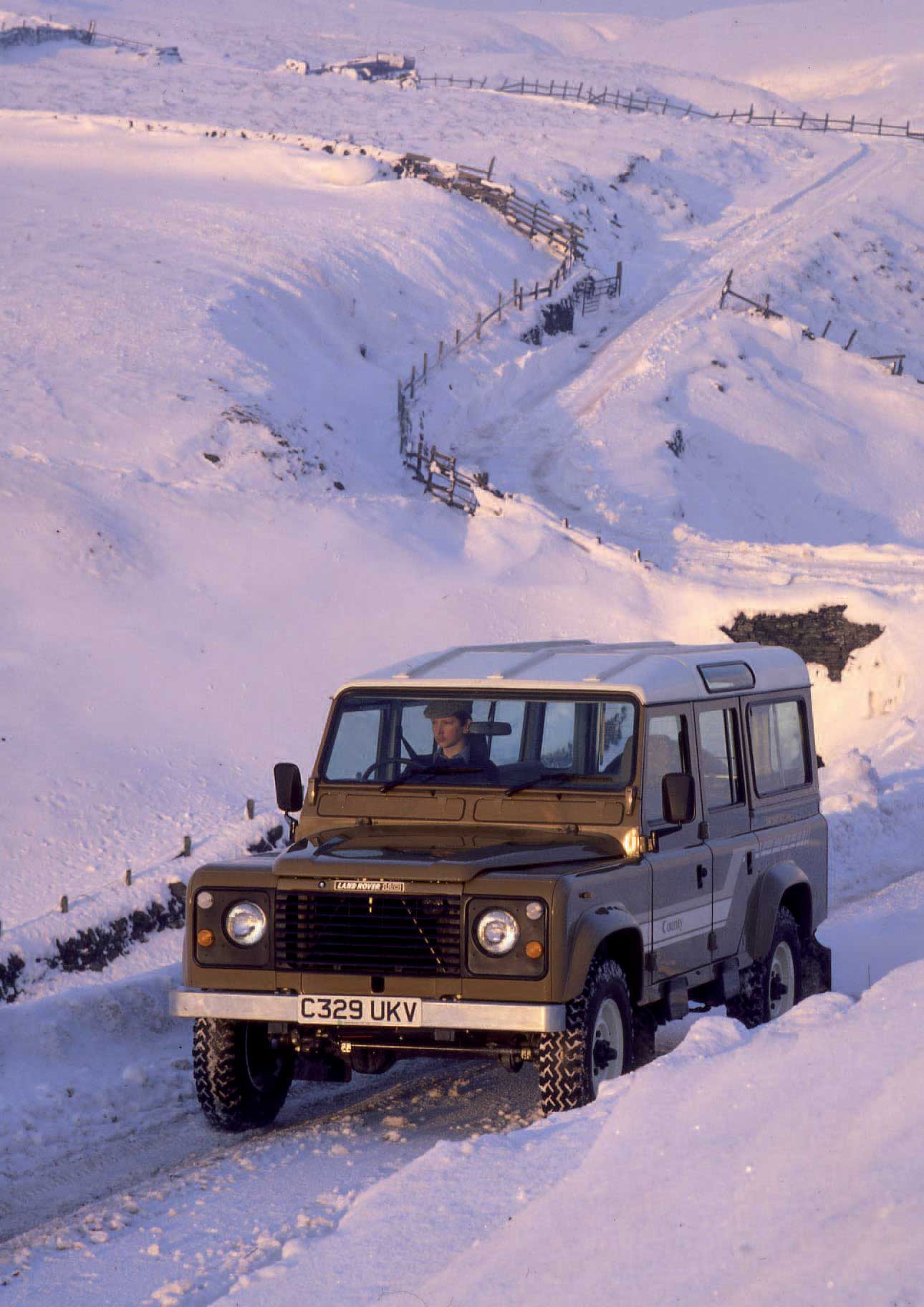
Land Rover One Ten and Ninety
Specification Guide
James Taylor

The Crowood Press
First published in 2020 by
The Crowood Press Ltd
Ramsbury, Marlborough
Wiltshire SN8 2HR
www.crowood.com
This e-book first published in 2020
James Taylor 2020
All rights reserved. This e-book is copyright material and must not be copied, reproduced, transferred, distributed, leased, licensed or publicly performed or used in any way except as specifically permitted in writing by the publishers, as allowed under the terms and conditions under which it was purchased or as strictly permitted by applicable copyright law. Any unauthorised distribution or use of this text may be a direct infringement of the authors and publishers rights, and those responsible may be liable in law accordingly.
British Library Cataloguing-in-Publication Data
A catalogue record for this book is available from the British Library.
ISBN 978 1 78500 774 3
introduction and acknowledgements
This book is designed to give guidance on the original ex-factory specifications of the coil-sprung utility Land Rovers built between 1983 and 1990. These were called the Land Rover One Ten, Ninety and (latterly) One Two Seven they were not called Defenders. The Defender models were updated versions that followed them from autumn 1990, and are not covered in this book. It is very common to get the two types confused, and Land Rover themselves do it as much as anybody else!
It is now nearly forty years since the first One Ten models were introduced, and not surprisingly, enthusiasts have taken an interest in the earliest examples of these and of the companion Ninety. Increasing numbers of people want to know the minute details of the production changes that occurred on these models, typically in order to help with a restoration. Unfortunately, it is now very hard to discover what all the different specifications were (as is very apparent from the questions asked so regularly on the Stage 2 Register Facebook page), so I thought I would do what I can to help.
It has certainly not been easy, and I would not like to claim that this book is a definitive record. It is the first step in detailed research into these vehicles, and by putting together all the known facts in one place, I hope it will prompt others to take that research further. Anybody who discovers inaccuracies or new information is more than welcome to let me know via the publishers. If there is a second edition, I will include as many updates as I am able at the time.
Let me add a few words of warning. Dates and chassis numbers are as accurate as the record allows, which means there may be some errors! Human error often crept into the process of recording changeover points, and it is important to remember that old-stock parts were sometimes used up after a changeover had been made on the lines. This may have been because of shortages of the new parts, or it could have been because a batch of old-stock parts was discovered somewhere, and the best solution to its disposal was to use up its contents on the assembly lines!
I must also point out that this book focuses on civilian-specification models that were built on the assembly lines at Solihull. It does include details of conversions, but it does not include extensive details of military models or of the special models that were built at plants outside the UK. It would be a thankless task to attempt to record them all; besides, in many cases no detailed information exists.
A lot of people have contributed to the store of knowledge that this book contains. This is the place for me to say a big thank you to all of them, and to point out that they cannot be blamed for any interpretation I may have put on what they told me. A few peoples contributions have been very important and I must acknowledge that. So here are special thanks to:
Richard Bacchus
Philip Bashall
Roger Crathorne
Charles Crossman
Dave Harlow
Emrys Kirby
Glenn Smith
Dan Warden
Charles Whitaker
I must also acknowledge that some of the pictures in , Conversions, were originally collected by Richard de Roos, and were absorbed into my own archive about fifteen years ago.
James Taylor,
Oxfordshire,
January 2020
| the life and times of the stage 2 Land Rovers |
Land Rovers new Land Rover broke cover at the Geneva Show in March 1983, just under thirty-five years after the very first Land Rover had been displayed at the Amsterdam Show in 1948. It was an apt description, because the Land Rover had been subject to a process of slow evolution over those three and a half decades, but the one that was now being introduced really did represent something new.
Not that any of the traditional Land Rover qualities were discarded. This was still a tough and rugged workhorse vehicle with four-wheel drive that was intended to appeal to light industrial and agricultural users, and to emergency and military services the world over. In its Station Wagon forms it would appeal to the growing numbers of customers who felt they needed an all-terrain passenger-carrying vehicle: in County Station Wagon form, it would even offer a level of comfort that would have been unthinkable back in 1948.
FOUR MULE PROTOTYPES
Development work had started in 1976 with a group of four mule prototypes, based on Range Rover chassis that were variously extended or cut down to give alternative sizes. Body panels were Series III types, crudely adapted to fit the different wheelbases of the new models. The choice of Range Rover chassis as the basis of these prototypes was entirely deliberate, although the die-hards within the company could see no reason to change from the traditional Land Rover format. Among them was Land Rovers chief engineer at the time.
Introduced in 1970 as an estate-car model with Land Rover capabilities, the Range Rover had swiftly demonstrated the superiority of its suspension and drive systems. It had long-travel coil-spring suspension, which gave a much more comfortable ride than the traditional Land Rover leaf springs. It had permanent four-wheel drive, which did away with the Land Rover drivers need to choose whether two or four wheels needed to be driven in any set of circumstances. And it had all-round disc brakes that gave far better stopping power than the traditional Land Rover drum brakes. All-round discs was perhaps a step too far, but the new Land Rover would be developed with disc brakes on the front wheels.
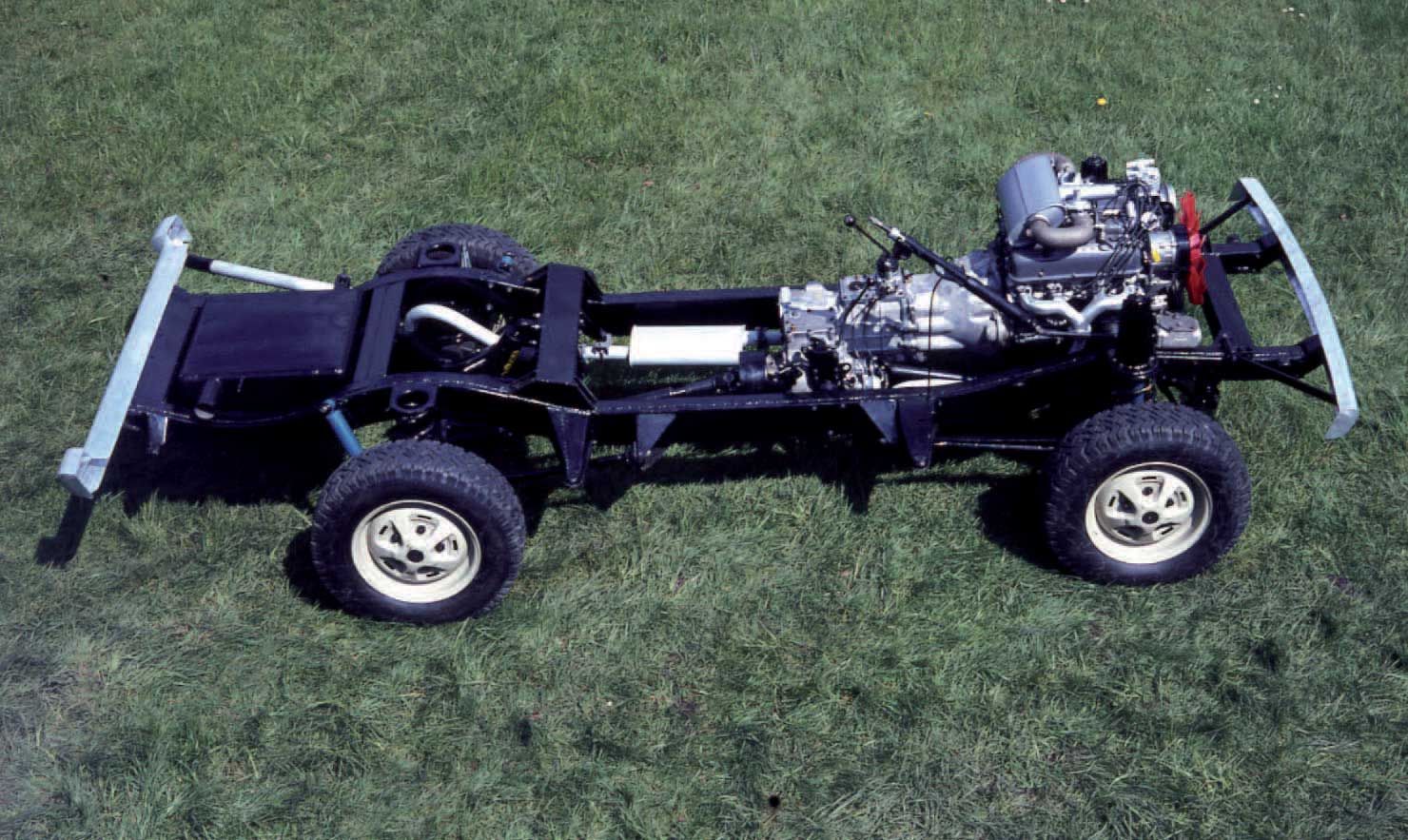
The Range Rover chassis was the basis of the Stage 2 design.
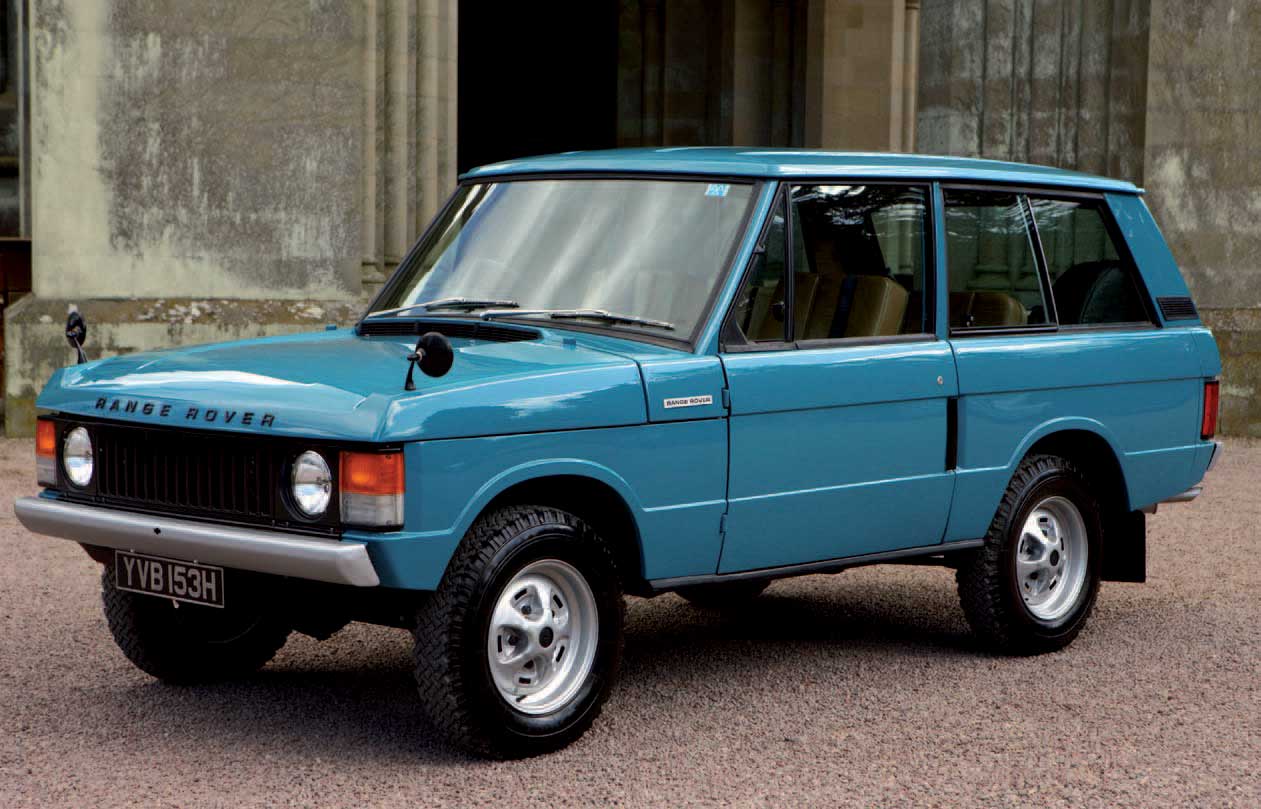
The Range Rover was released in 1970 and reshaped the future of Land Rover as a marque.


